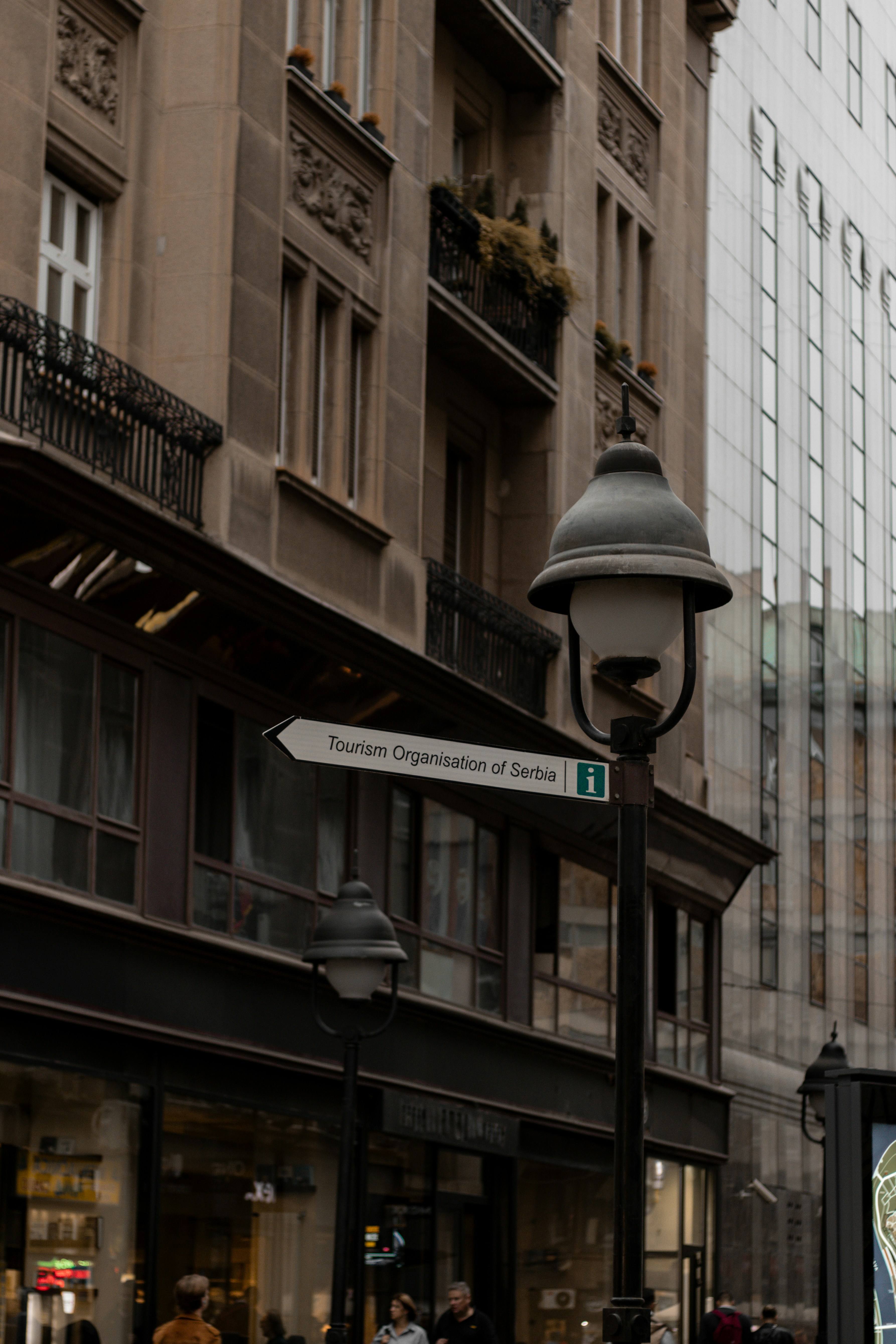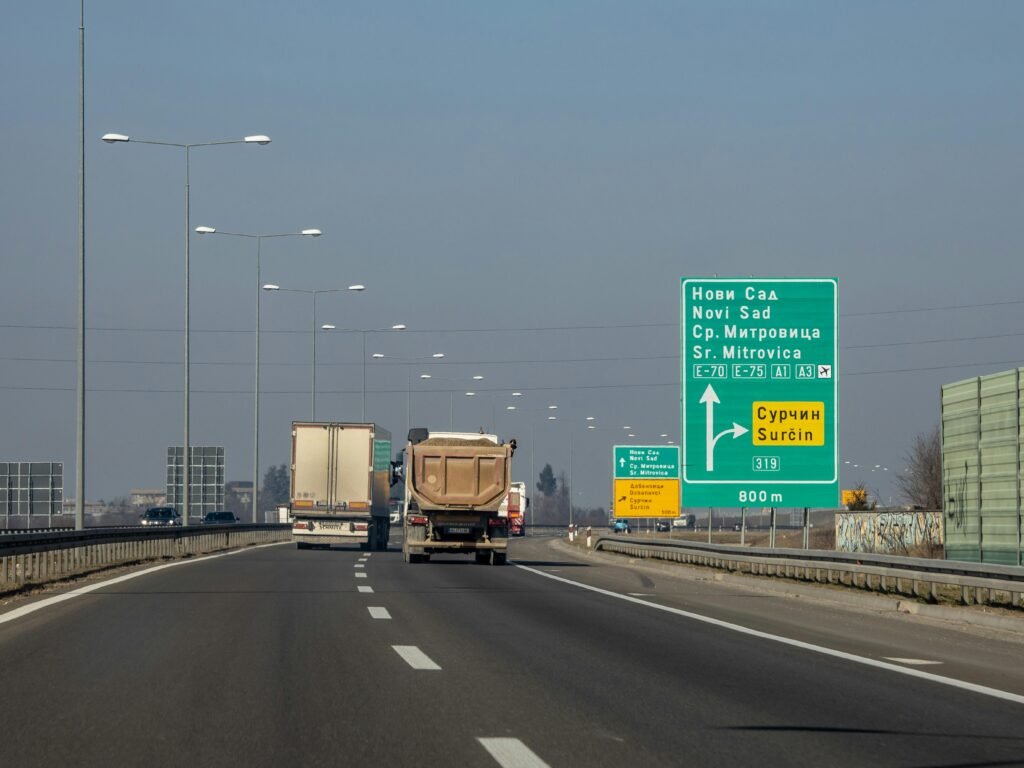Introduction to Mitrovica
Mitrovica is a city in northern Kosovo, strategically located at the confluence of the Ibar River. This geographic position has historically made it a vital communication and trade hub. The city is characterized by its unique divided structure, with the northern part predominantly inhabited by the Serbian community and the southern part primarily by the Albanian population. This division is not merely spatial; it reflects deeper socio-political dynamics rooted in the region’s tumultuous history.

The origins of Mitrovica can be traced back to Roman times, and throughout the centuries, it has been influenced by various cultures and empires, including the Byzantine, Ottoman, and Austro-Hungarian. During the late 20th century, the city became a focal point amid rising ethnic tensions leading to the Kosovo War in the late 1990s. Following the conflict, the territorial and community divisions solidified, resulting in a complex socio-political landscape. This division was exacerbated by the 2008 declaration of independence by Kosovo, which Serbia does not recognize, further complicating the interactions between the two communities.
Today, Mitrovica stands as a microcosm of Kosovo’s broader challenges. Each side of the Ibar River offers stark contrasts, from the infrastructure to the cultural practices, reflecting the distinct identities and narratives of its inhabitants. The city’s division has resulted in socio-economic challenges, limited access to resources, and ongoing disputes over political representation and governance. Understanding Mitrovica requires an appreciation of these historical and social contexts, as they lay the groundwork for the shared stories and ongoing struggles of its divided communities.
Historical Context of Division
Mitrovica, a city located in northern Kosovo, stands as a vivid representation of division marked by historical conflict and complex ethnic relations. The city is characterized by a geographical split created by the Ibar River, which serves as a symbolic and physical divider between the Albanian majority in the south and the Serb majority in the north. This division dates back to the tumultuous era of the Yugoslav Wars in the 1990s, a period that profoundly influenced the socio-political fabric of the region.

The conflict escalated during the Kosovo War of 1998-1999, when tensions between the ethnic Albanian population and the Serb authorities reached a breaking point. The war resulted in significant violence and upheaval, leading to widespread displacement and the loss of lives on both sides. Following NATO’s intervention and the subsequent establishment of United Nations administration, the territory was under international control aimed at ensuring peace and stability in the region. However, this intervention also sowed the seeds for long-term ethnic divisions as it facilitated the establishment of distinct neighborhoods based on ethnic lines.
As a result of these historical events, Mitrovica today remains divided, with a legacy of distrust and segregation between the communities. The repercussions of the Kosovo conflict are still evident in the everyday lives of the city’s inhabitants, who frequently grapple with the challenges of inter-ethnic relations and the historical grievances that continue to shape their identities. Various attempts at reconciliation and community building have taken place over the years, but navigating the path to unite these fragmented communities is a daunting task intertwined with the weight of history.
Understanding this historical context is crucial to comprehending the present-day dynamics in Mitrovica. The lingering impact of past events continues to influence community interactions and shapes aspirations for a peaceful coexistence.
The Ibar River: A Physical and Symbolic Divide
The Ibar River flows through the heart of Mitrovica, acting as a natural boundary that divides the city into two distinct communities: the predominantly Albanian south and the largely Serb north. This river not only serves as a geographical obstacle but also encapsulates the complex socio-political landscape that defines the region. As people traverse its banks, they are not merely crossing a stream of water but also a symbol of their differing identities and histories.

Culturally, the Ibar River holds a unique place in the hearts of both the Albanian and Serb communities. For residents of the south, the river is often seen as a source of life and sustenance, intimately linked to their agricultural practices and daily rituals. Conversely, for those in the north, it represents both a physical separation and a historical narrative that cannot be overlooked. The river thus exemplifies the multifaceted attitudes and emotional ties that residents have towards their side of Mitrovica.
Socially, the Ibar influences interactions between the two communities. Relationships, hospitality, and sentiments are often shaped by the river’s presence, with varying perceptions reflecting the broader political divides. Festivals and cultural events occur on either side of the river, but seldom do these celebrations spill over, emphasizing the fragmentation that pervades the area. The river, while often seen as a barrier, is paradoxically a shared space where stories of both communities converge, albeit in a segregated manner.
In leveraging this duality, the Ibar River serves as a poignant reminder of Mitrovica’s rich yet troubled tapestry. It stands at the intersection of unity and division— an eloquent witness to the narratives that continue to unfold on its banks, reflecting the city’s ongoing struggle for reconciliation and coexistence.
Life in the North: The Serb Community’s Perspective
In the northern part of Mitrovica, the predominantly Serb community has developed a unique identity shaped by a combination of cultural traditions, historical experiences, and contemporary challenges. Life for these residents often consists of a balancing act between maintaining their cultural heritage and navigating the complexities of living in a divided city. The community takes pride in various cultural practices, including traditional music, folklore festivals, and religious observances that distinguish their identity within the broader context of Kosovo.
The Northern Mitrovica Serb population regularly engages in communal activities that reinforce their social fabric, such as gatherings at local cafes or participation in community events. These moments provide an opportunity for residents to bond, share stories, and engage with the broader cultural narrative that defines their existence. Family plays a crucial role in daily life, with intergenerational relationships fostering a sense of continuity and shared values among community members.
However, the community faces significant challenges in their everyday lives. Economic opportunities remain limited, with many individuals experiencing high levels of unemployment. The historical and ongoing political tensions with the predominantly Albanian southern part of Mitrovica create additional obstacles, as Serbs often feel marginalized or excluded from broader socio-economic developments in the region. Furthermore, infrastructural issues and insufficient access to services also contribute to the difficulties faced by the community.
Despite these challenges, the Serb community continues to strive for coexistence with their southern counterparts. They often participate in dialogue initiatives and cultural exchanges aimed at fostering understanding and collaboration across the Ibar River. By engaging in these efforts, the northern residents hope to mitigate the impact of division and promote a more inclusive environment, thereby enriching the shared stories of Mitrovica as a whole.
Life in the South: The Albanian Community’s Experience
The Albanian community residing in the southern part of Mitrovica plays a significant role in shaping the city’s cultural landscape. Nestled along the Ibar River, this area is marked by a vibrant lifestyle that reflects the rich traditions and values of its inhabitants. The community is characterized by a strong sense of identity, which is evident in their customs, language, and social practices. Traditional celebrations, religious observances, and family gatherings offer a glimpse into the unique heritage that defines the Albanian way of life in this divided city.
Despite the historical and political challenges that impact Mitrovica, the Albanian community demonstrates resilience and a commitment to fostering coexistence. Local initiatives aimed at promoting dialogue and understanding between communities are essential. These efforts often involve cultural events that celebrate diversity, such as festivals showcasing Albanian music, dance, and cuisine. Such events not only strengthen internal community bonds but also encourage interactions with members from other ethnic backgrounds, aspiring to bridge divides and pave the way for a more unified future.
Tension and Coexistence: Finding Common Ground
Mitrovica stands as a poignant representation of both division and unity, epitomizing the complex relationship between its communities divided by the Ibar River. Despite a history fraught with conflict, individuals from both sides reveal a notable resilience and a commitment to finding common ground. These interactions exemplify how daily life in this divided city can encapsulate both tension and coexistence, illustrating the nuanced reality of communal relationships.
Every day, locals engage in essential activities that necessitate crossing the river or visiting areas typically associated with ‘the other side’. Markets, healthcare facilities, and schools draw people together, creating shared experiences that transcend the sociopolitical narratives often dominating the area’s discourse. For instance, individuals from both communities have been known to patronize local businesses, recognizing the importance of economic interdependence in fostering a culture of coexistence. Such interactions, while often overshadowed by underlying tensions, reveal a profound desire among many for mutual recognition and respect.
Moreover, cultural events serve as a significant platform for shared expression. Joint festivities celebrating regional traditions create an atmosphere where music, art, and food can unite the disparate groups of Mitrovica. These gatherings emphasize commonalities rather than differences, allowing individuals to celebrate their heritage while acknowledging the diverse tapestry of the city. Initiatives aimed at cultural collaboration further seek to promote understanding and dialogue, demonstrating that, despite tense relations, there exist pathways to a harmonious coexistence.
Ultimately, the reality of living in Mitrovica involves a delicate balancing act of navigating past grievances while simultaneously striving for cooperative future relations. The interplay of tension and coexistence reflects the resilience of the community, highlighting an ongoing journey toward reconciling differences while nurturing shared identities across the Ibar River.
Local Initiatives and Cross-Community Projects
Mitrovica, often characterized by its division along the Ibar River, has witnessed numerous local initiatives aimed at fostering cooperation and understanding between its two predominant communities. These projects serve not only to bridge the gap but also to revive a sense of shared identity among residents. Various non-governmental organizations (NGOs) play a crucial role in this effort, actively engaging with both sides of the river to encourage dialogue and collaboration.
One noteworthy initiative is the After School Program, which provides a platform for children from both communities to come together for educational and recreational activities. Through this program, children engage in group projects, art workshops, and sports, fostering friendships that cross the ethnic divide. Such interactions are essential for dismantling stereotypes and building mutual respect from a young age.
In addition to youth programs, art exhibitions have been organized that highlight the rich cultural heritage of both communities. These exhibitions are not only a celebration of local talent but also a space where artists can address issues of division and explore themes of unity. By showcasing works that reflect a shared history or common aspirations, artists contribute to the dialogue aimed at healing past wounds.
Another significant initiative is community-led dialogue sessions, wherein residents from both sides gather to discuss issues impacting their lives. These platforms encourage transparency and understanding, allowing participants to voice concerns and engage in constructive conversations. Organizers often invite speakers from various fields, including facilitators experienced in conflict resolution, to guide the discussions.
Such cross-community projects signify a proactive approach towards mitigating the effects of division in Mitrovica. By promoting collaboration among residents through educational initiatives, art, and dialogue, these efforts are instrumental in paving the way for a more inclusive and harmonious future. As these initiatives continue, they create an environment where shared stories can flourish across the Ibar River.
International Influences and the Role of Peacekeeping Forces
The complex dynamics of Mitrovica have been significantly shaped by international influences, primarily through peacekeeping forces and various organizations dedicated to fostering stability in the region. Following the Kosovo War, the United Nations established the United Nations Mission in Kosovo (UNMIK) in 1999, which has played a pivotal role in overseeing the administration and governance aspects of the region. The presence of international peacekeepers, particularly from NATO’s Kosovo Force (KFOR), aimed to ensure security and facilitate a peaceful environment for all communities in Mitrovica. These international actors were instrumental in alleviating immediate tensions post-conflict and establishing a framework for long-term stability.
Peacekeeping missions have faced numerous challenges in Mitrovica. The inherent divisions between the predominantly Albanian south and the Serb-majority north pose significant obstacles to effective governance and social cohesion. The effectiveness of these forces has varied, influenced by local resistance, political affiliations, and historical grievances. While there have been successes in maintaining relative peace, the peacekeeping mission has often been criticized for its limitations in fostering genuine dialogue among divided communities. Local perceptions of the international presence can oscillate between appreciation for their protective role and frustration due to perceived ineffectiveness in addressing socio-economic issues.
Moreover, various international organizations have contributed to reconciliation efforts by facilitating dialogue, implementing community development projects, and promoting socio-economic cooperation. Their initiatives strive to bridge the gap between divided communities by addressing shared concerns such as infrastructure, education, and economic development. The involvement of these organizations underscores the multifaceted approach required to navigate the complex landscape of ethnic relations in Mitrovica. The international community’s commitment to peace and reconciliation continues to play a crucial role in shaping the narratives and relationships that transcend the Ibar River, highlighting the importance of shared stories in the pursuit of a more united future.
Looking Towards the Future: Prospects for Unity
The future of Mitrovica offers a canvas of potential paths toward unity, reflecting the aspirations of its younger generation who yearn for a cohesive community. Initiatives focused on fostering collaboration across the Ibar River can serve as vital platforms for dialogue and cooperation among the diverse ethnic groups residing in the city. As younger residents often possess a more progressive outlook, they can cultivate a culture of tolerance and understanding, certain aspects vital for bridging the historical divides.
Educational programs that promote shared history and citizenship can play a significant role in shaping a fused identity. By encouraging cooperative learning experiences through joint workshops and cultural exchange events, young people can begin to see the value in their shared narratives. These interactions can dispel myths and stereotypes that have perpetuated divisions, fostering a community narrative rooted in collaboration rather than conflict.
Dialogue remains essential in any path leading towards unity in Mitrovica. Establishing consistent forums for conversation can enable residents to voice their concerns and aspirations in a safe environment. Local initiatives that include representatives from all communities can pave the way to collectively address historical grievances while focusing on future opportunities. Emphasizing shared goals, such as economic growth and cultural enrichment, can unite residents in a common purpose.
Furthermore, the role of civic leaders and organizations is crucial in steering this dialogue. By promoting initiatives that celebrate both shared and diverse heritages, they can contribute meaningfully to a narrative of inclusivity. Efforts aimed at fostering collaboration among civil society groups can also help facilitate reconciliation and a renewed sense of belonging across communities.
In conclusion, while the path to unity in Mitrovica is undoubtedly complex, the stories and experiences shared by its residents hold the potential to form a foundation for a brighter tomorrow. The collective dreams of the youth, combined with open dialogues and cooperative initiatives, can ignite a transformative change in this divided yet hopeful city.



